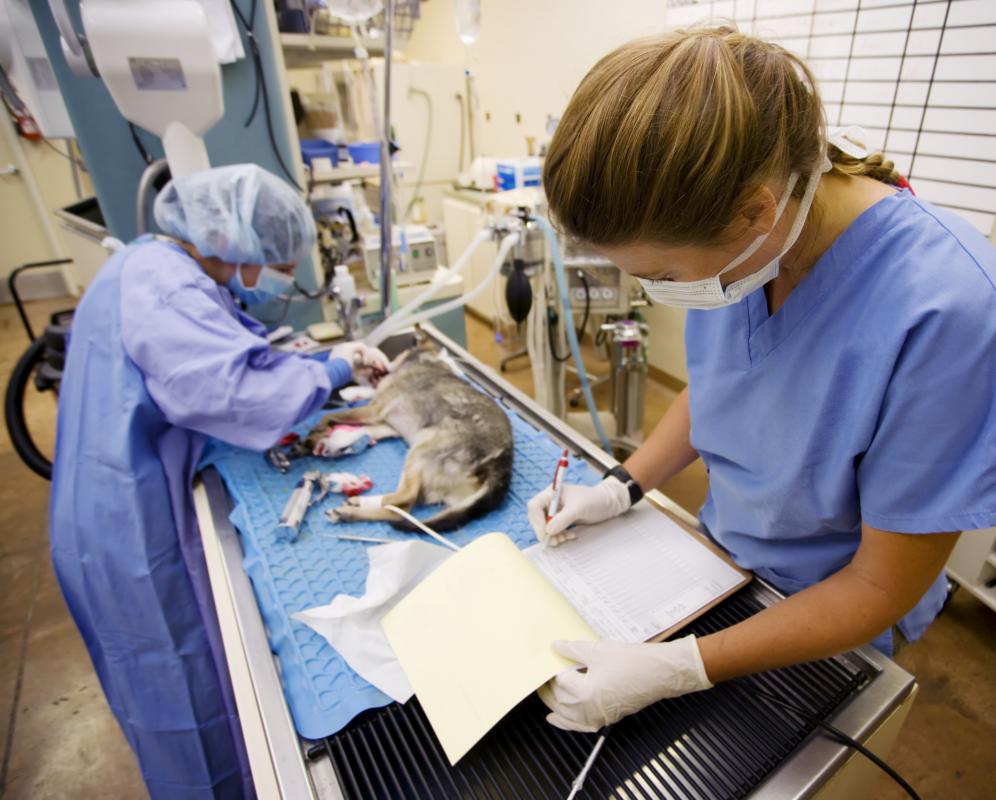At WiseGEEK, we're committed to delivering accurate, trustworthy information. Our expert-authored content is rigorously fact-checked and sourced from credible authorities. Discover how we uphold the highest standards in providing you with reliable knowledge.
What is Parasitic Cancer?
A parasitic cancer is a contagious cancer which can be transferred from one animal to another animal. Before delving into the fascinating world of parasitic cancers, it is important to stress that cancer in general is not contagious, and the only known parasitic cancers appear only in animals. While it is possible that a parasitic cancer could arise in humans at some point, rest assured that numerous news outlets will alert you to the fact.
Cancers typically arise when cells in the body mutate, shifting into overproduction. Technically, abnormal of growth which is malignant is classified as cancer, while benign growth is considered to be a tumor. Both, of course, require medical treatment, but the treatment approaches and prognosis are different.

In the case of a parasitic cancer, a single cell or cells from a parasitic tumor are transferred to another animal, where they latch on and start growing into a new tumor. The two known types of parasitic cancer are: Devil Facial Tumor Disease (DFTD) and Canine Transmissible Venereal Tumor (CTVT). These parasitic cancers strike Tasmanian devils and dogs, respectively, and they are not zoonotic, meaning that they cannot be transferred between these animals and people.
When biologists first started looking at animals with DFTD and CTVT, they thought that these tumors were caused by viruses. After careful study, however, they realized that the tumors were genetically similar, suggesting that they came from the same cell line, and further study revealed that CTVT is actually the oldest known malignant cell line in the world. Some researchers have jokingly called CTVT a “zombie tumor,” as one particular cell line has succeeded in colonizing dogs all over the world, with cases documented as far back as the early 1800s; genetic evidence suggests that this strain of CTVT may be over 2,000 years old.
Surgery and chemotherapy can be used to treat parasitic cancer, with the focus being on removal of the tumors and prevention of their recurrence. In Tasmanian devils, DFTD has been devastating, as the tumors interfere with the ability to eat, drink, and breathe, causing the animals to die unless they are treated. Out of concern for the population of these rare animals, Tasmanian devils have been exported to conservation parks all over the world, with the goal of retaining the genetic diversity of the species.
AS FEATURED ON:
AS FEATURED ON:











Discuss this Article
Post your comments